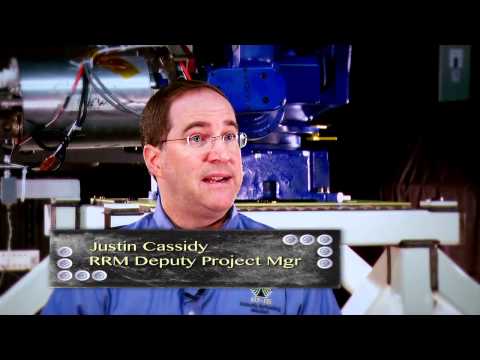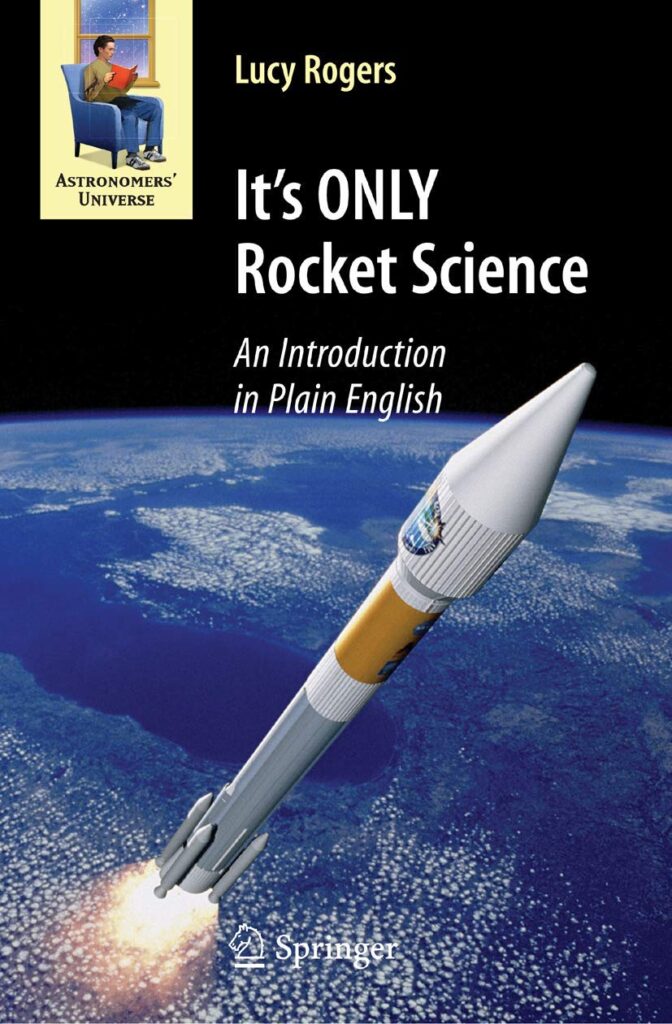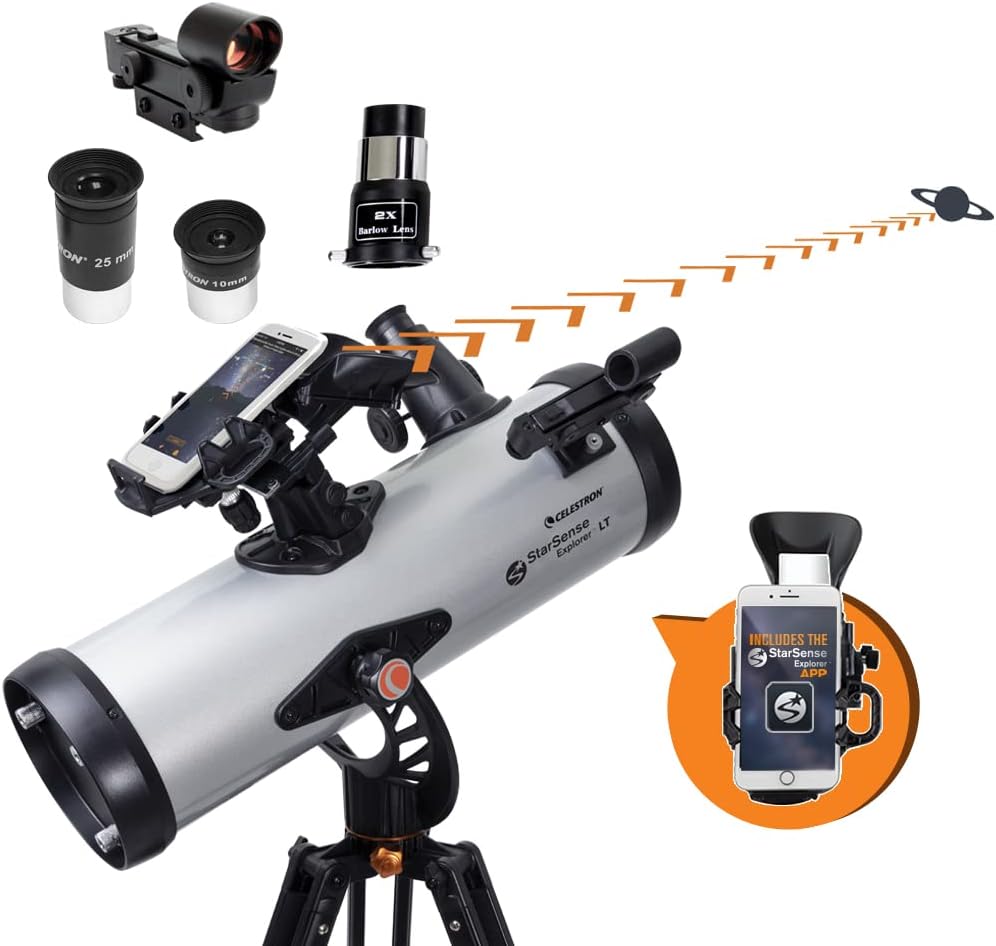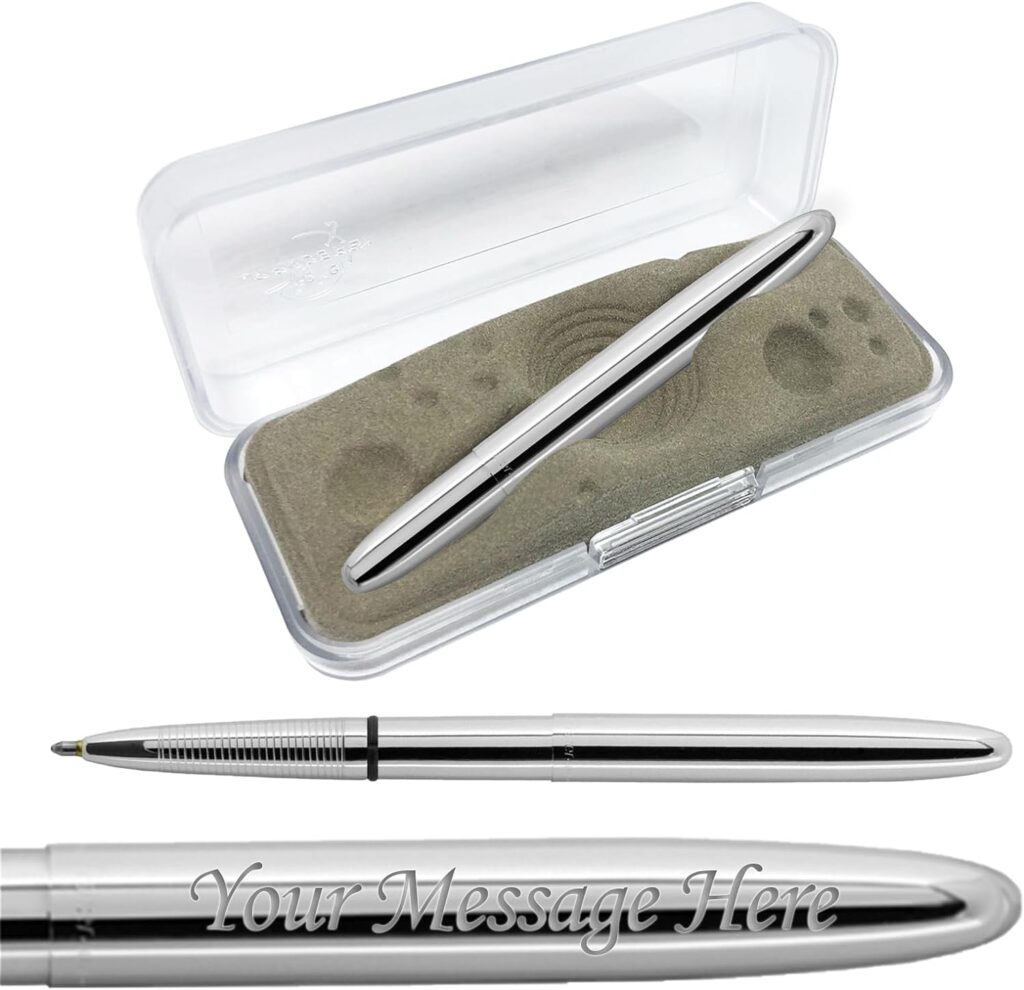How Does A Spacesuit Work?
Consider how you dress when you go outside on a frigid winter day. You have got your shirt, pants, sweater, possibly long underwear, jacket, gloves, helmet or hood, scarf, and boots on. You dressed warmly to defend yourself from the cold. Consider what you need to wear to protect yourself from outer space now? Now, you see, Space suits must give the same level of comfort and support as the Earth or a spacecraft, addressing difficulties such as atmosphere, water, and radiation protection. Curious about how this all-in-one wonder machine of a suite works? Well, you are in for some luck today! Outer space is a harsh environment. If you stepped outside a spacecraft without a space suit, the following things could happen: Because there is no oxygen, you could pass out in 15 seconds. Because there is little or no air pressure, your blood and body fluids may “boil” and subsequently freeze. Because of the boiling fluids, your tissues (skin, heart, and other internal organs) may expand. Extreme temperature swings are possible. Temperatures in the sun, for example, can reach 248 degrees Fahrenheit (120 degrees Celsius) and drop to -148 degrees Fahrenheit (-100 degrees Celsius) in the shade. You would be subjected to a variety of radiation, including cosmic rays and charged particles released by the sun (solar wind). Alternatively, Small particles of dust or rock moving at high speeds (micrometeoroids) or orbital debris from satellites or spacecraft could strike you. As a result, a space suit is required to protect you from these dangers: Have a tense environment Provide oxygen while removing carbon dioxide Maintain a pleasant temperature despite the strenuous activity and frequent moving into and out of sunny regions. To some extent, protect you from micrometeoroids and radiation. Allow you to see clearly, move freely inside and outside the spacesuit, and interact with others (ground controllers, fellow astronauts) Space suits have played a role in various significant historical milestones during the last 50 years. Space suits have permitted tremendous achievements ranging from the Cold War struggle to establish dominance in space to the Moon landings and the installation of a continuous human presence in low Earth orbit on the International Space Station (ISS). Until recently, their iconic appearance was driven by a design adage: form follows function. At first, they appear simple, but there is a level of sophistication beneath the top layer of a space suit that matches the human motion and protects its user from the harsh environment of space. That is a big task! On today’s video, we will show you how a space suit works, and boy… it’s a miraculous machine! The development of an effective space suit begins with a basic understanding of the circumstances in which the suit will be utilized and the capabilities that the suit will require. This data is utilized to create a set of requirements that engineers and technicians can use to guide their material selection, component design, test processes, and overall space suit system configuration. Space suits are commonly assumed to be employed in conditions such as low Earth orbit and the Moon’s surface. However, they are frequently intended to work during various mission stages other than spacewalks, or extravehicular activity, such as launch, abort, landing, and emergency operations, adding to their complexity. The astronaut in low Earth orbit must be protected from and operate in the vacuum of space, as well as thermal extremes ranging from +120 degrees Celsius to -150 degrees Celsius, microgravity, and rapid changes from intense sunlight to absolute darkness as the Earth orbits every 90 minutes, and micrometeoroids and orbital debris traveling at speeds ranging from 8 to 16 kilometers per second. Simply put, it is quite a dangerous and difficult place to live and work, so a space suit must function flawlessly. On the Moon or other planetary bodies, environmental challenges become more severe. In addition to the hazards encountered in low Earth orbit, the Moon has one-sixth the gravity of Earth, which changes human motion and is covered in fine, sharp-edged, and abrasive lunar dust. If not properly controlled, dust can quickly damage materials and clog bearing joints, rendering a suit worthless. On the other hand, Mars has three-eighths the gravity of Earth, a little atmosphere, and appears to have more forgiving soil that has been worn down by wind so that it is not sharp-edged but may contain chemical oxidants that can damage polymeric materials in some situations. The design team must comprehend how the suit will be used in addition to knowing the settings. EVA work typically consists of construction, repair, maintenance, and the setup or monitoring of experiments. The suit must be able to duplicate every human action involved in these activities while minimizing wearer fatigue. Because astronauts move in microgravity by holding handholds and connecting and disconnecting tether hooks, great shoulder, arm, and hand mobility is required. Foot restraints can hold the body and free the hands from operating at the job site. The mobility needs on the lunar or Mars surfaces are fundamentally different because the low gravity field dramatically modifies normal human motion, but the legs and waist are utilized regularly to travel distances and hence require high mobility. Whatever the goal, the gloves must always have the highest mobility, tactility, and dexterity possible because they are important to the majority of work being done. EVAs typically last 6 to 8 hours; therefore, the suit must meet all physiological requirements, including hydration and waste functions. Components give oxygen for breathing, remove carbon dioxide produced by exhalation, absorb sweat moisture, and apply pressure to all body surfaces to prevent fluids from evaporating into gases. The suit must also provide impact protection for both the wearer and the suit during routine use and minor mishaps such as collisions with equipment or falls. All components of the space suit must be durable for storage and use. All fabrics and polymeric materials have an eight-year storage life, while metals have a 20-year storage life. All suit components must be able to resist hundreds of hours of pressurized time and, in most cases, more than 100,000 cycles for each motion, such as elbow flexion and extension, representing the suit’s use in 25 spacewalks. This is one of the most difficult requirements of space suit design since materials and seams might degrade with the rigors of long-term use. In addition to the loads imposed by pressurization, the suit must withstand those imposed by the person wearing it during use. In addition to the loads imposed by pressurization, the suit must withstand those imposed by the person wearing the suit during use. For example, when fitting a suit to an astronaut, the torso length should be somewhat undersized while simultaneously accounting for spinal elongation in microgravity, so the wearer does not float inside the suit. This keeps the user in contact with the suit’s inner surfaces, giving him or her spatial awareness and the capacity to react to loads while conducting labor. When the suit is sized this way, the astronaut can extend inside the suit while working, putting a load of several hundred pounds on it in numerous places. The ways the suit can be stressed don’t stop there! If an astronaut is wearing foot restraints and grips a huge object like a satellite as it is going away, the inertial load of the satellite can be conveyed via the suit to the foot restraints. Of course, these weights could theoretically be applied concurrently; therefore, the suit must be extremely strong with high safety factors. Another difficult requirement for space suits is replaceable components that can be swapped in orbit so that new suits do not need to be flown in with each new crew. EVA gloves are often custom-fit to the astronaut. Nonetheless, during the Apollo flights, each astronaut wore a custom-fit suit throughout the trip, and future missions may revert to this model. As if delivering all of the safety and functionality required in a space suit for optimal mission performance was not difficult enough, it all had to happen in a highly dynamic environment while keeping the wearer comfortable. For example, depending on where the astronaut is working, the solar load on the suit might change quickly, as can the astronaut’s level of physical exertion on a task. To maintain the astronaut’s thermal comfort and stay within safe physiological limits, the space suit and life support system continually react to these fluctuating conditions. Other physical comfort issues, such as “hot spots,” abrasions, or constrictions, must also be considered because they can significantly impact fatigue and mission performance. Consider how distracting a pebble in your shoe may be over time, especially if you are working hard and sweating much. A situation like this is not ideal for an astronaut executing difficult tasks in a life-threatening setting. The requirements, like with most protective equipment, are contradictory. A sturdy suit is required to endure all the pressures and environmental challenges, yet the wearer should not feel like he or she is wearing a space suit. It is critical to be able to do dexterous work flawlessly. This is the point at which design becomes difficult. Before donning a space suit, the astronaut wears high-tech long underwear, followed by the Liquid Cooling and Ventilation Garment, a form-fitting elastic bodysuit with plastic tubing laced through it. Chilled water is supplied through the tubing to remove body heat and keep the astronaut comfortable. The two layers wick perspiration from the body, which is then evaporated by airflow from the portable life-support system. NASA is currently designing new spacesuits. NASA is preparing missions to send astronauts to distant planets. To accomplish this, the astronauts will require new and upgraded spacesuits. The new spacesuits, like those worn in Apollo, must allow humans to work safely on the surface of another planet. Future space suit designs will be influenced by the missions they support, economics, and accessible technologies. Over the next several decades, new missions to study our Solar System will be launched, including expeditions to the Moon, Mars, the surface of an asteroid, and maybe, one day, Europa! That’s it for today’s video on “How does a Space Suit work”. Stay tuned for all the exciting content coming up right ahead. Like and Share this video. Make sure to subscribe to our Channel! Until next time, Ciao.













